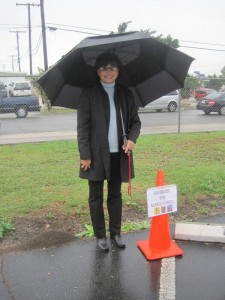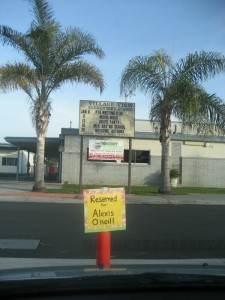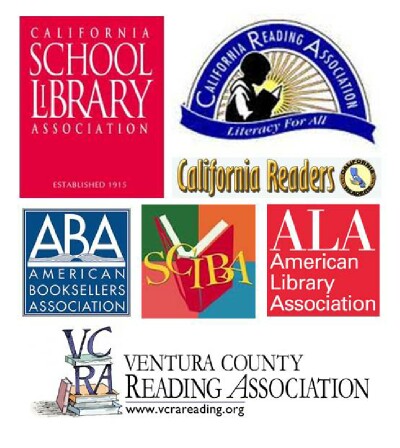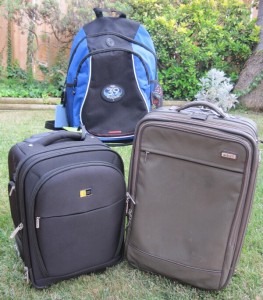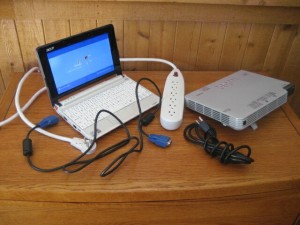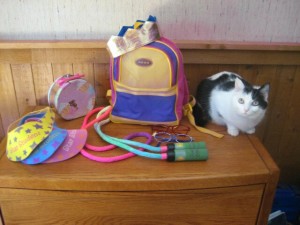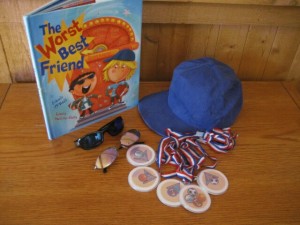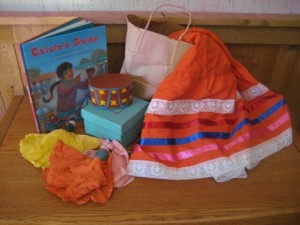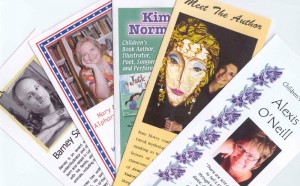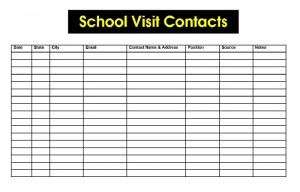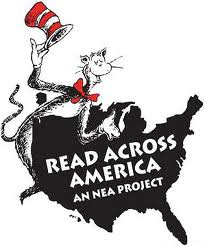There’s no doubt that getting both 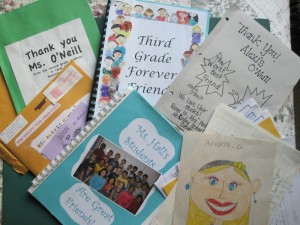 snail mail and email mail is a thrill (to quote Sally Fields, “You like me! You really, really like me!”), but the time it takes to respond can take a huge chunk of time out of a writing schedule. Some of the letters are clearly class assignments and have a monotonous sameness. Yet many are truly original, with the students’ clear voices and passion shining through. Here’s how some authors handle the fan mail issue.
snail mail and email mail is a thrill (to quote Sally Fields, “You like me! You really, really like me!”), but the time it takes to respond can take a huge chunk of time out of a writing schedule. Some of the letters are clearly class assignments and have a monotonous sameness. Yet many are truly original, with the students’ clear voices and passion shining through. Here’s how some authors handle the fan mail issue.
Pete Hautman: “I respond to all emails, but I’ve given up responding to snail mail, unless it is a truly exceptional letter. For one thing, the cost of mailing a postcard exceeds the probable royalty I received on the book sale. Also, the letters my publishers forward to me are usually three or four months old, so the kids have already forgotten they wrote it, or more likely they’ve already written me off as an unresponsive jerk.” Pete gives specific advice to correspondents at his website.
Roland Smith: “Up until a couple of years ago I answered every email I received, but that got to be way too time consuming. Now everyone gets an auto-reply with some basic information about me and the books and refers them to my website.” Roland also posts current information through his blog, Facebook, and Twitter. “The point is that anyone who is interested can easily get their questions answered, or post a comment about me or my books, with a couple of keystrokes.. The only [snail mail] letters I answer are those that include a SASE. I felt guilty about setting this up [but] I have 3 or 4 more hours a day to write, which is what I think my readers really want.”
Alan Katz:: “Frankly, I DO answer every email. In my book, OOPS!, I challenged kids to figure out ‘which poem I wrote in the bathroom’…and when they write with a guess, I always send a ‘you’re right’ or ‘you’re wrong’. . .often with a new poem. Then, of course, they write back to say they can’t believe I answered them. It usually stops there.
Alex Flinn: “I would never not take e-mail, and this is because I occasionally get something wonderful. I think this is because I write, or have written, issue books. . . I do remember that, as a teen, I wrote a letter to, of all people, Erma Bombeck and got a nice-looking letter, probably from her assistant, but signed by her, and I actually still have it.”
Dan Gutman: “[Teachers and kids may not realize that] I have no secretary or assistant. There’s nobody at the publishing company who responds to reader mail for me. I do everything myself. I reply to every single reader email I get, and I spend hours every day doing it. But responding to paper mail is even more time consuming. So to save my sanity, I send those people a signed postcard with a printed message thanking them and saying ‘Due to the volume of mail I receive, it’s impossible for me to reply to letters individually. . .’ ”
Lisa Yee: “There’s a clear difference between getting letters that are school assignments and letters from true fans. I spend more time on the ones from kids who write from the heart, and not for a grade.”
If you find yourself overwhelmed with the project of responding to fan letters and emails, here are some ways to streamline your time:
• Write one class letter addressing each child’s questions. If more than one child asks the same question, say, “José, George and Devon asked: “What is your favorite book of the ones you have written?” and then post one answer. Group all questions into one letter. The teacher can run copies of your response so that each question is acknowledged and each child can have a copy.
• When you receive a packet of letters from a school or class, send a signed thank-you postcard to the class in response.
• Have a pre-slugged response to email inquires, which might include referring them to a Q&A section on your website.
• Add this note to your website regarding snail mail: “If you would like a reply, please include a self-addressed stamped envelope.”
What are your solutions to the fan mail issue?
 Author Dori Butler wanted to be able to offer free mini-Skype visits to schools, but needed a way to manage requests:
Author Dori Butler wanted to be able to offer free mini-Skype visits to schools, but needed a way to manage requests:
